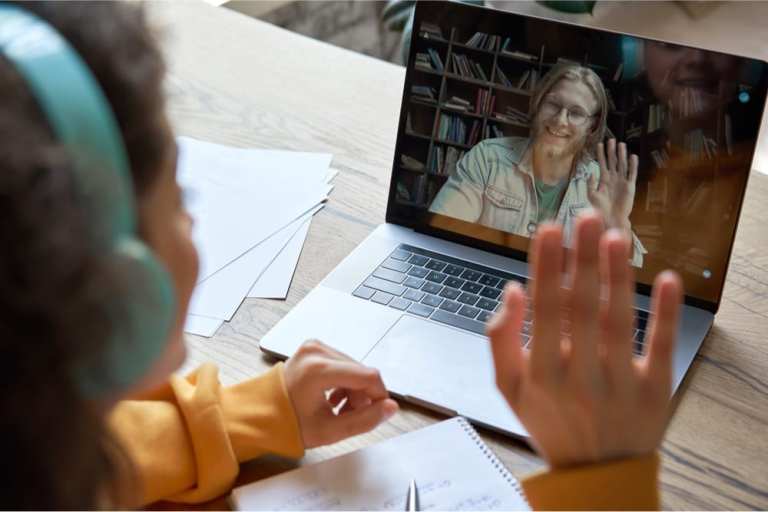
Absolutely everyone agrees that the graduating classes of 2020 got ripped off. No convocation. No prom. And whether they’re heading back to grade school or college, video conference classes and other COVID-19 conventions will have replaced what we knew as teaching.
Video classes are increasing demand for teachers as society and departments of education everywhere are assembling new models of socially-distant student-teacher engagement. Paying legions of remote teachers, especially in a growing number of cross-border arrangements, is a challenge that online marketplaces are tackling.
If anything is holding back online educational marketplace growth and the benefits they bring to students during the pandemic, it’s the still surprisingly difficult process of cross-border payments in some sectors. That’s true for online marketplaces in general.
At this point, it’s almost 2021. We’re in a connected economy. This is a dumb problem to have.
PYMNTS’ new Smarter Payments Tracker® powered by Nium takes on the issue of cross-border payments in education marketplaces, and online marketplaces more broadly, with dozens of use cases and prescriptive guidance for optimizing cross-border payments, smartly.
Marketplace Matriculation
Ask a school administrator to forecast in a typical year. They’ll take their budget and apportion it according to lesson plans, supplies, logistics, headcounts and the other knowns of educational finance. But that was before. Now it’s the dreaded pandemic “new math” that means vague costs, ill-defined IT issues and, not unimportantly, how to pay for it all.
“Marketplaces catering to the rising demand for eLearning will need to offer payments experiences that workers value,” according to the new Tracker.
“Seventy percent of the world’s freelancers are 35 years old or younger, according to recent research, and these workers are likelier to use swift, convenient person-to-person (P2P) payment apps for many of their daily spending needs. These professionals thus expect similar ease when receiving pay-outs from marketplaces and employers.”
Upgrades and enhancements like this are happening all over the marketplace map as the COVID digital shift moves so much of the former physical world into virtual environments. Money, too.
“Marketplace payments already are more complex than standard retail flows due to multiple legs: funds-in from a buyer, funds-out to a seller, refunds from sellers to buyers and fees from sellers and/or buyers,” Rajesh Venkatesh, chief product officer at Nium, told PYMNTS.
“For global marketplaces, the need for payments to cross borders adds complication owing to additional intermediaries, regulations and currencies. A marketplace with a robust platform that can simplify cross-border payments as well as multi-party collections and disbursements will definitely do well,” Venkatesh said.
Learning To Scale Value With Payments
Distance learning, also called eLearning, has been around in various forms for many years. It’s the platform/marketplace dynamic, the unified ecosystem simplicity, that is transforming the category, as is the app-based beauty of earning a professional certificate on your smartphone.
“Online marketplaces provide a great platform for small companies and entrepreneurs to scale their businesses as they can gain access to more customers at a lower cost,” Venkatesh said.
When they work well, yes, that’s exactly what online marketplaces do. And COVID-era remote learning demands offer a perfect opportunity for marketplaces to not only monetize better, but to get paid faster, no matter where the student, the teacher or the institution are located.
“To grow, marketplaces need to cater to the demands and characteristics of an expansive group of buyers and sellers, which varies throughout the world,” Venkatesh told PYMNTS.
“One of the key demands from buyers and sellers is their preferred payment method, which necessitates a robust payments infrastructure.”